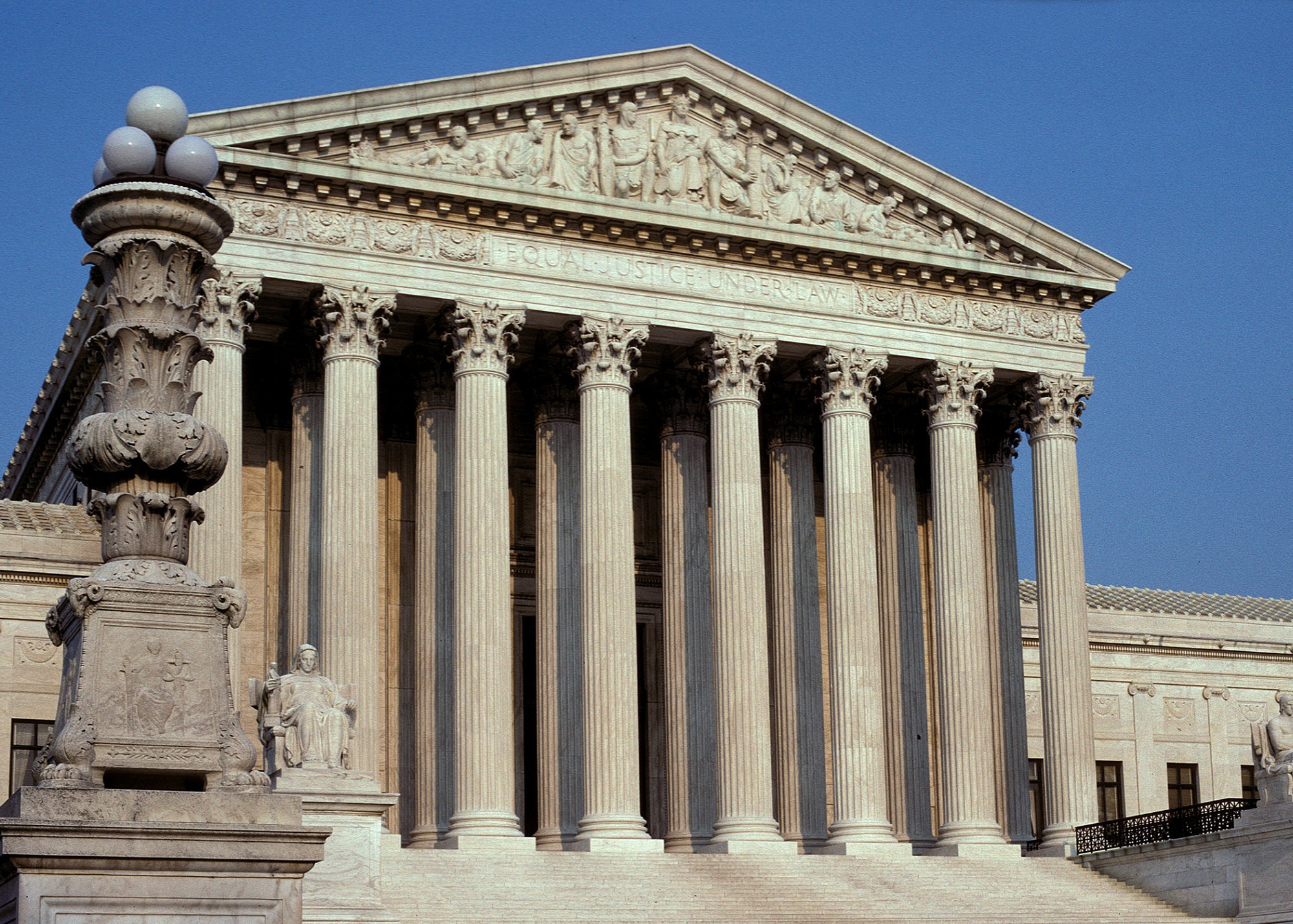The U.S. Supreme Court’s June 28, 2024, decision in Loper Bright Enterprises v. Raimondo (consolidated with Relentless, Inc. v. Department of Commerce) eliminated Chevron deference. In a 6–3 ruling, the Court held that judges must independently interpret ambiguous federal statutes rather than defer to agency interpretations. The majority wrote that such deference violated the judiciary’s constitutional and legal responsibility to determine the meaning of laws.
The ruling changed the legal framework for reviewing federal regulations and prompted litigation and legislation across the country. The Loper decision was cited in 343 court documents as of June 25.
Today, we’re going to dive into the highlights of Ballotpedia’s post-Loper coverage from our Checks and Balances newsletter and examine the last year of state legislation on judicial deference from our in-house tracker!
Post-Loper highlights
Ballotpedia has covered or referenced Loper in nine Checks and Balances stories over the last year. Here are some of the highlights. Click each headline below to read the full story from the newsletter:
- Fifth Circuit sends ESG rule to lower court following Loper Bright: The Fifth Circuit sent a case centering on the Department of Labor’s ESG retirement investing rule back to a lower court following the Loper decision to be reconsidered without deferring to the agency’s interpretation of the relevant statute.
- Fifth Circuit rules against DOL tip credit regulations, citing Loper Bright: In a separate case, the Fifth Circuit ruled that the Department of Labor exceeded its statutory authority in issuing tip credit regulations, applying the Loper standard to reject agency deference.
- Air Force cites Loper Bright in refusal of EPA order: The U.S. Air Force announced in July 2024 it would not comply with an Environmental Protection Agency (EPA) order to clean polluted drinking water in Tucson, Arizona. The Air Force argued federal regulators did not have the authority to issue the order, citing Loper.
- Harvard Law Forum debates agency authority following Loper Bright: Law professors Gillian Metzger and Ilan Wurman participated in Harvard Law School's Rappaport Forum in October 2024. The experts debated the scope of federal agency authority following the Supreme Court's decision to overturn Chevron deference
- Trump cites Loper in directive instructing agencies to skip public input for deregulation: President Donald Trump (R) issued a memorandum in April 2025 directing federal administrative agencies to revoke regulations they believed were unlawful based on recent Supreme Court rulings, including Loper.
Judicial nondeference in the states
While the Loper Bright ruling applied to federal statutes, a number of states have considered their own judicial deference policies.
In 2024, before the Loper decision was announced, Utah passed HB 0470, which required state agencies to identify federal regulations affecting them that could potentially be challenged in court if Loper overturned the Chevron precedent.
Ballotpedia has tracked 34 bills related to judicial deference in 21 states in 2025. Four of the bills were signed into law as of June 2025. Kentucky’s SB 24, Oklahoma’s HB 2729, and Texas’ SB 14 limited state judicial deference by requiring courts to use a de novo (no deference) review standard of agency interpretations. Utah’s SJR 006 followed the 2024 bill, asking state agencies to review federal regulations impacting the state in light of Loper.
Missouri’s SB 221 passed both chambers of the legislature, but had not been signed into law as of June 26. It would require state courts to adopt a de novo review standard.
The map below shows the states considering bills affecting judicial deference in 2025.

Additional reading:


